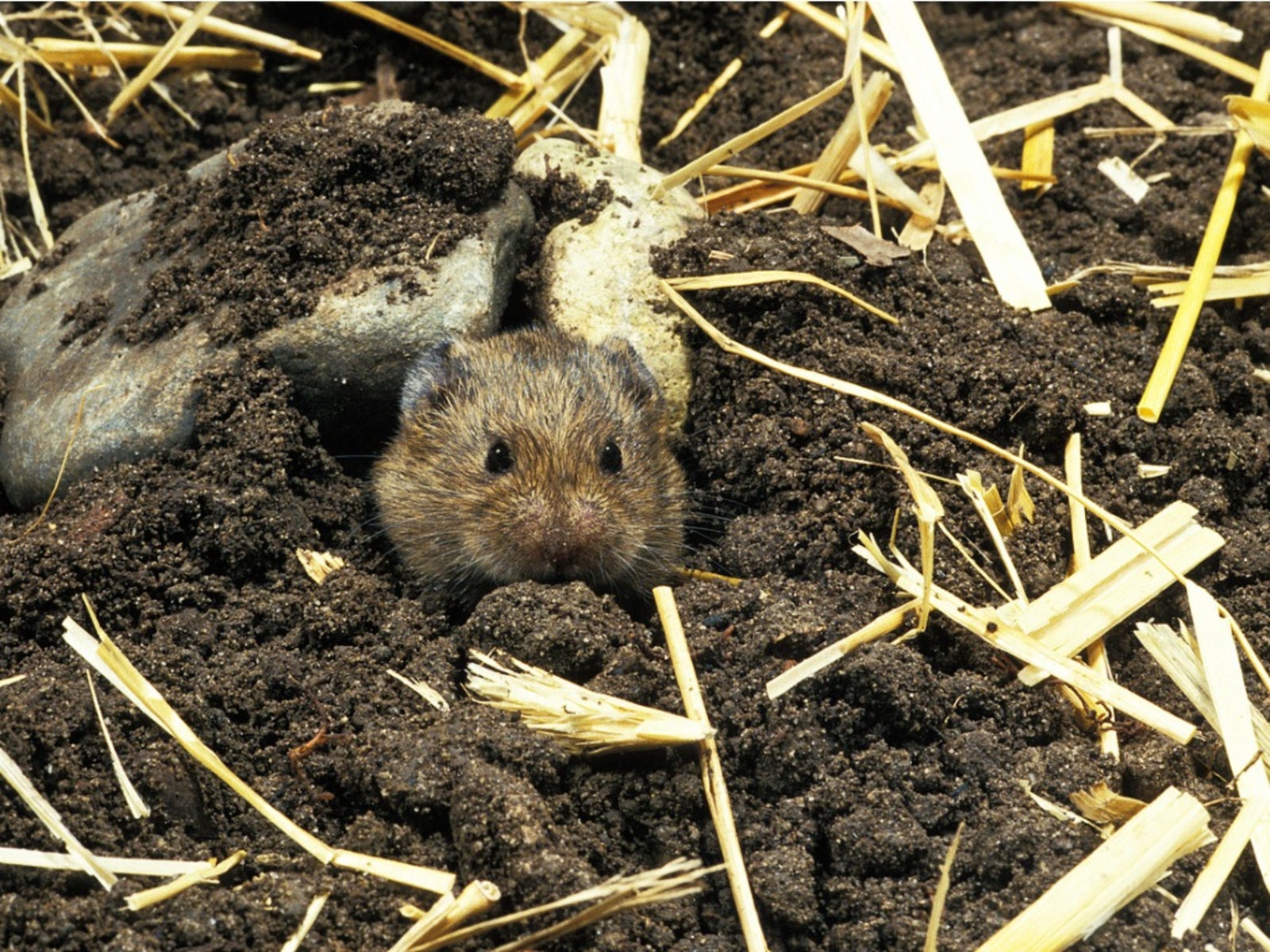Fight Vole Invasion: Professional Methods for Vole Control
Grasping Vole Pest Control: Comprehensive Insights on Problem Avoidance and Treatment Techniques
As residential property proprietors and caretakers, the visibility of voles can present a considerable difficulty to keeping the honesty of our outdoor spaces. Understanding the intricacies of vole behavior is critical in creating efficient parasite control approaches. By identifying the subtle indicators of vole invasion at an early stage, we can take proactive procedures to stop prevalent damages. In this discussion, we will certainly check out the subtleties of vole habits, delve right into the recognition of problem indicators, and uncover one of the most reliable avoidance and therapy methods. Keep tuned to discover the understandings that will encourage you to grasp vole parasite control and secure your residential property against these evasive rodents.
Understanding Vole Behavior
Analyzing the foraging patterns of voles uses beneficial insights right into their behavior and habitat preferences. By observing their foraging behavior, researchers can gain a better understanding of where voles favor to develop their habitats and the level of their ecological influence.
Research study shows that voles exhibit careful feeding routines, favoring tubers, seeds, and roots - vole control. This nutritional preference affects their foraging patterns, leading them to locations abundant in plants and ground cover. Furthermore, voles are understood to produce elaborate tunnel systems for foraging and nesting objectives, indicating a high level of flexibility to their surroundings
Recognizing vole actions is crucial for applying targeted parasite control actions that interrupt their habitat choices and foraging activities. By examining their behavior, specialists can develop extra reliable prevention and treatment methods to handle vole infestations.
Identifying Indicators of Vole Infestation
Vole infestations can be spotted by acknowledging details indicators of their existence in an area. Among one of the most typical indications of a vole infestation is the existence of surface runways. Voles produce networks of narrow paths on the ground that are usually around two inches large. These runways are typically found in grassy areas or below mulch or ground cover where voles can relocate easily and search for food.
One more vital indicator of vole problem is the presence of little burrow openings in the ground. In addition, voles are known to leave behind chewed plant stems, origins, and bulbs near their burrow openings, suggesting their feeding task in the location.
Discovering these droppings along paths or near burrow openings can validate a vole problem. By being vigilant for these signs, home proprietors can quickly address vole problems and protect against further damage.
Applying Positive Prevention Steps
To successfully minimize the threats connected with vole invasions, building owners can proactively execute a series of preventative steps targeted at guarding their yards and landscapes. One crucial action is to keep a well-trimmed grass and on a regular basis get rid of high weeds and dense plants, as voles are brought in to areas providing sufficient cover. Installing barriers such as equipment fabric underground around susceptible areas like yard beds can additionally assist stop vole invasion. Additionally, maintaining yard areas clean and minimizing mess where voles might hide or nest is essential in reducing their visibility.
In addition, using all-natural vole deterrents like castor oil-based repellents or killer urine can function as effective safety nets. It is additionally a good idea to routinely inspect exterior areas for any kind of signs of vole task, such as runways or delve openings, to resolve possible invasions without delay. By adopting these aggressive prevention techniques, residential or commercial property owners can substantially decrease the chance of vole damage and preserve the wellness and aesthetic appeals of their landscapes.
Reliable Treatment Approaches
Integrating targeted capturing approaches and making use of accepted rodenticides are essential components of efficient therapy approaches for handling vole invasions. Regular monitoring and upkeep are additionally crucial elements of successful treatment techniques to guarantee that vole populations are maintained under control. By integrating trapping, rodenticides, habitat alteration, and regular surveillance, efficient vole bug control can be see post accomplished.

Monitoring and Maintenance Tips
Maintaining an organized timetable for surveillance and performing regular maintenance tasks is important to sustain the effectiveness of vole pest control actions. Normal tracking allows for the very early detection of vole activity, making it possible for punctual intervention prior to problems get worse. To effectively check vole populaces, strategically placed catches can be used in vole runways or near burrow entries. By on a regular basis checking these catches, residential property owners can assess the extent of vole task and readjust control methods as necessary.
Additionally, keeping a neat and well-kept landscape is important in vole avoidance. Cleaning away particles, such as stacks of timber or dense plant life, gets rid of possible vole habitats. Frequently trimming and mowing lawns greenery helps in reducing vole hiding areas and lessens their accessibility to food sources.

Conclusion
To conclude, understanding vole pest control requires a solid understanding of vole habits, the capability to identify indicators of infestation, carrying out proactive prevention actions, reliable therapy methods, and consistent monitoring and maintenance. By taking an extensive strategy to vole control, people can successfully take care of and prevent problems, inevitably protecting their residential property and surrounding environment from damages created by these tiny rodents.
In this conversation, we will check out the subtleties of vole actions, dig right into the recognition of infestation indications, and discover the most efficient avoidance and treatment approaches.Incorporating targeted capturing methods and using approved rodenticides are crucial Resources parts of efficient therapy methods for taking care of vole invasions. To effectively keep an eye on vole populations, purposefully put traps can be used in vole paths or near burrow entryways. Inspecting and repairing any kind of damages to these structures guarantees that vole control remains effective in safeguarding properties from problems. By including these his comment is here tracking and maintenance techniques into an extensive vole pest control strategy, people can efficiently manage vole populaces and secure their homes from damages.